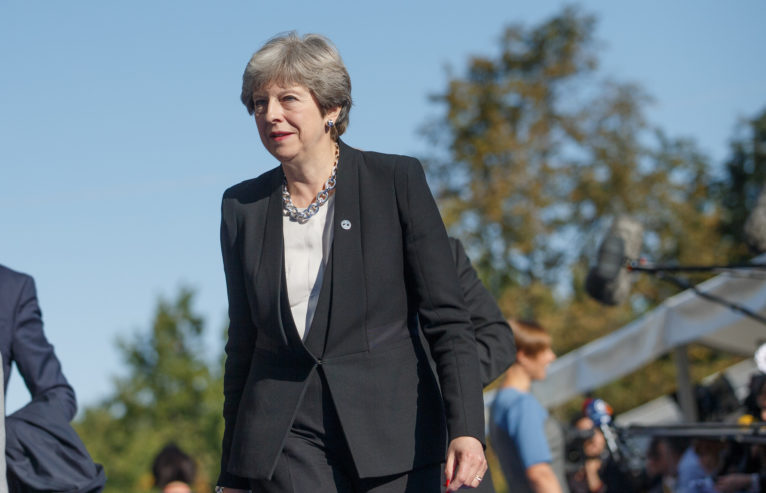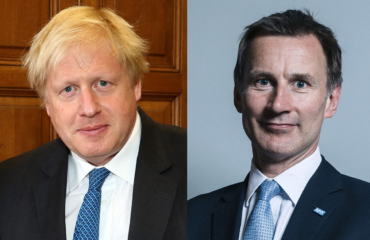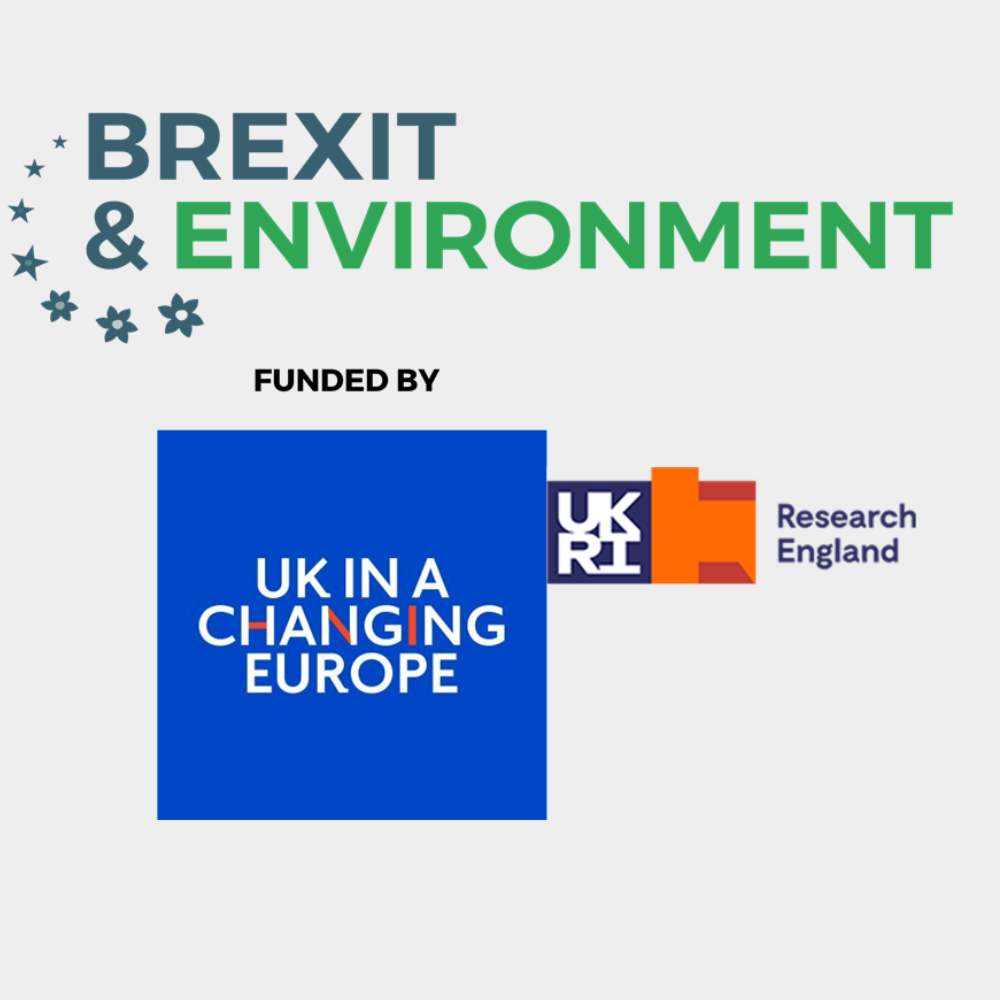May survives confidence vote: Where now for the environment?

On 12 December, Prime Minister Theresa May won a no-confidence vote in the Conservative Party by 200 votes to 117 against. The vote had been called in response to the government’s cancellation of the meaningful vote on the Brexit deal negotiated by the Prime Minister, and left her weakened and the path forward for that agreement more uncertain.
Despite the uncertainty, the UK still faces a relatively limited range of options:
- May’s deal (perhaps with minor amendments to make it palatable to the House of Commons);
- No-deal Brexit;
- Remaining in the EU (after a 2nd referendum)
In addition, there are variations on the future relationship between the UK and EU, which will be negotiated after Brexit:
- The Canada option;
- The Norway option.
If the UK were to remain in the EU after a 2nd referendum, the implications for UK environmental policy would be limited. However, for the other scenarios, there would be major implications which we have studied in our work.
Below, I present some of these implications.
May’s deal
Under the Withdrawal Agreement that has yet to be voted on by the House of Commons, the environmental policy status quo in the UK would remain until the end of the transition period (December 2020 or, at the latest, December 2022).
In the event that a future relationship between the UK and EU is not decided by the end of the transition period, the Ireland/Northern Ireland ‘backstop’ kicks in. Under the backstop, the environmental standards needed to prevent a hard border in Ireland will remain in force and the UK will be bound to broad environmental non-regression. The status of environmental policy in the future relationship remains undetermined, but the political declaration on the future relationship between the UK and EU gives some indication of a future direction of travel.
The EU and UK have both committed to non-regression of environmental standards, but the exact detail of what this commitment means in practice has yet to be negotiated. As a result, this option is broadly positive for the environment, but still highly uncertain when it comes to detailed policy commitments.
No Deal
One immediate and increasingly likely risk that the EU is gearing up for, is a No-deal Brexit due to the failure to secure agreement within the House of Commons. Whilst many MPs do not like this option, it is the default position if the UK fails to secure internal agreement and cannot agree an extension of the Article 50 process with the EU. This outcome is the least palatable for a range of reasons. The government’s own forecasts suggest that a no-deal Brexit will be economically devastating for the UK and analysis from UK in a Changing Europe suggests it would have a significant impact on the revenue available for public policy (including policy related to the environment).
Under a scenario where no-deal leads to an economic shock, then the evidence suggests that the environment will be downgraded on the policy agenda, with a squeeze on public spending, with implications for the availability of funds for the government’s public money for public goods agenda. Under this scenario there will be no requirement upon the UK government to align with EU standards and given the preferences of some Conservative MPs there may be demands to get rid of ‘green tape’.
The National Audit Office (NAO) has reviewed the Brexit readiness of the Department of Environment Food and Rural Affairs (Defra) and has found that it has not yet put in place the systems and processes needed to prevent a catastrophic no-deal Brexit (such as the appropriate computer systems for registering chemicals).
This lack of Brexit readiness has led to concerning reports, such as a Mail Online report that water quality will be at risk under a no-deal scenario as the chemicals needed to treat water cannot be stockpiled.
The future of Northern Irish energy supplies and the fate of Irish hazardous waste, which is typically exported to the UK for treatment, and of waste from Gibraltar, which is normally exported to Spain for disposal and all hang in the balance in the event of a No-deal Brexit. The prospect of queues at the border also raises the risk of poor air quality from standing traffic in those areas.
In the longer term, there is a potential risk that environmental standards may be traded off to secure better terms of trade with new partners.
In short a no-deal Brexit presents the highest risk for the UK economy and for its environment.
EU-UK Future Relationship: The Canada Option
Boris Johnson has suggested that there is scope for the UK government to go back to the EU to reopen negotiations to deliver a trade deal based on the Comprehensive Economic and Trade Agreement (CETA) that was reached between the EU and Canada.
Whilst some have suggested this is an unlikely scenario (what would happen to the backstop?) it merits mention here as it has wider popular currency.
CETA has limited environmental content beyond each party committing to sustainable development and environmental non-regression. The key advantage of this option as opposed to a no-deal Brexit is that it avoids the cliff-edge for which the UK remains under prepared.
It also opens the option of an agreement for the UK and EU to align their environmental policies, but it remains to be decided how much detail would be included. The indications provided in the existing political declaration suggest that the EU regards maintaining some minimal equivalence on environmental standards as a priority for its future relationship for the UK.
However, under this option the UK government could have more scope to redesign and potentially weaken some aspects of environmental policy. The EU is however, likely to resist such efforts and to require credible evidence that policy is being implemented through an independent and suitably powerful environmental watchdog.
EU-UK Future Relationship: The Norway Option
The Norwegian option under which the UK has something like European Economic Area (EEA) membership has been suggested as an alternative to Mrs May’s deal by Amber Rudd. Like the Canada option, there are some reasons why the Norway option is viewed as unlikely (it does not solve the Irish border problem and involves the continuation of the free movement of people).
Nevertheless, this option has some definite environmental advantages. The UK would remain tied to EU environmental policies (although with no real say in their content).
It would remain free to develop new agricultural and fisheries policies as these are not covered by EEA membership and so can continue to develop policies tailored to national circumstances in these fields (subject to external constraints).
The UK would also be excluded from wildlife and some water laws, where there would be potential scope to weaken standards or cut green tape. Assuming that the broad template of EEA membership is followed, what this option entails is relatively well known compared to the others, where there remains a good deal of uncertainty as negotiations over the future UK-EU relationship have yet to take place.
Conclusion
Indeed, this uncertainty might be the one thing we can be certain about. The on-going failure to secure a Brexit agreement creates a climate in which investments and planning are challenging, which in turn puts at risk the low-carbon transition and the achievement of long-term environmental goals.
Caring for the environment requires stability, certainty and the capacity to plan. The key to securing a green Brexit lies in deciding, and soon, what kind of Brexit it will be.
About the author
Professor Charlotte Burns is a Professorial Fellow in the Department of Politics, University of Sheffield. Photograph courtesy of Raul Mee.




